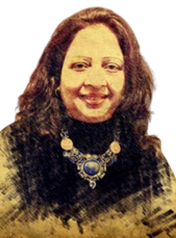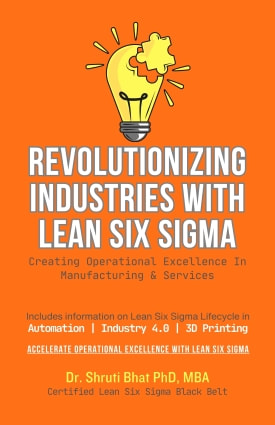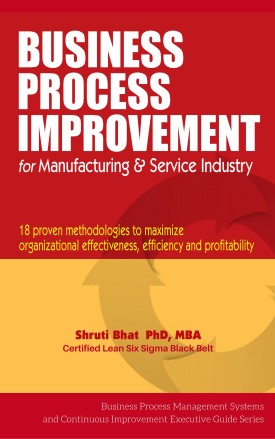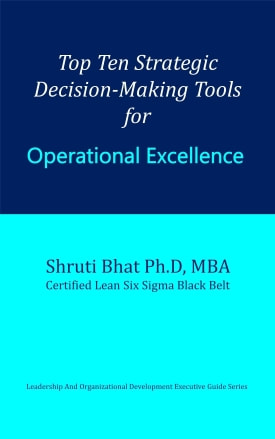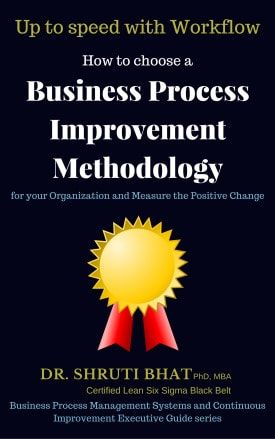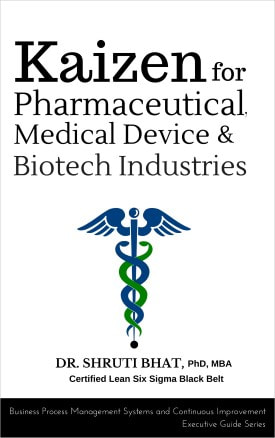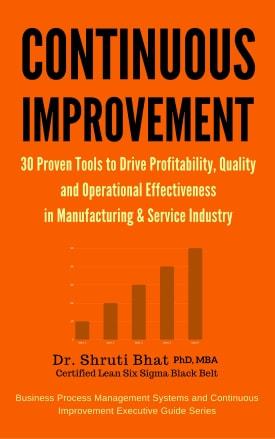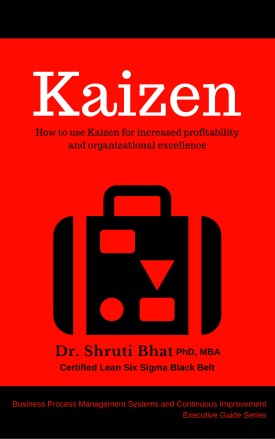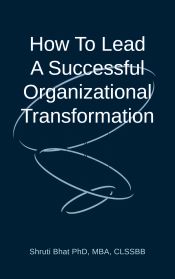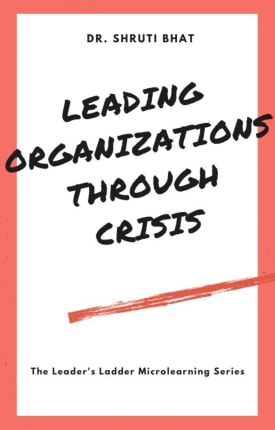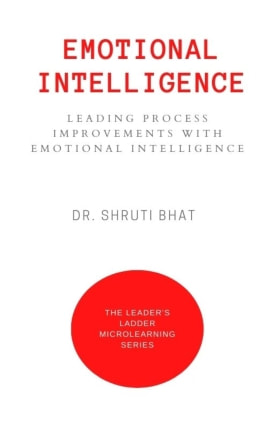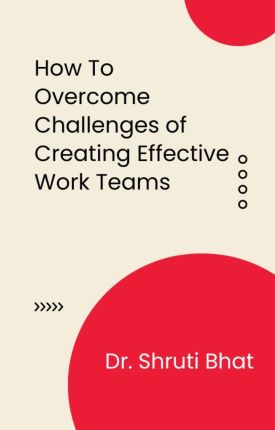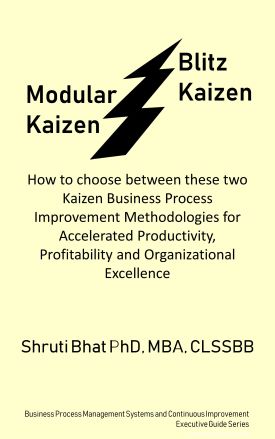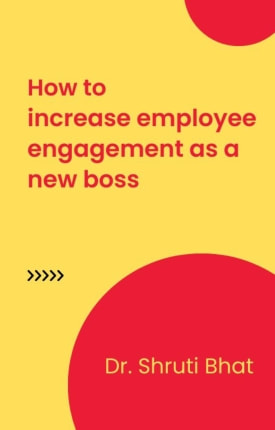As a legal document, a U.S. patent is subjected to legal interpretation and strict scrutiny of the U.S. court system. As more Chinese companies start pursuing patent protection in the United States, they should be aware of general strategies and considerations when preparing U.S. patent applications or, more particularly, specifications and claims of the U.S. patent applications.
Importance of Carefully Drafted Specifications and Claims-
Many people, including patent attorneys, often pay more attention to drafting claims than drafting specifications. In reality, however, the specification is as important as, if not more important than, the claims. To take just one example, the claims can be amended during the prosecution to redefine the scope of patent protection. But the specification can rarely be changed during prosecution, which means the applicant only gets one opportunity to explain how the invention works.
In the world of patent litigation, specifications and claims always go hand-in-hand. A carefully drafted specification is particularly important when the federal district judge interprets the patent claims, for the claims must be read in light of the specification. In Phillips v. AWH Corp.,the Federal Circuit recently clarified the role of the specification when a federal district judge seeks to ascertain the proper scope of patent claims.
In Phillips, the Federal Circuit held that "the specification 'is always highly relevant to the claim construction analysis. Usually, it is dispositive; it is the single best guide to the meaning of a disputed term.'That is, a carefully drafted specification can resolve a dispute over claim terms without resort to any extrinsic evidence. A good strategy for a patent applicant is thus to take advantage of Phillips and assume more control over claim construction in any future litigation by carefully drafting the specification.
Of course, carefully drafted claims are also essential for any patent protection because the claims directly set the scope and boundaries of the patent rights. A careless mistake, no matter how small or innocent, may have the biggest impact on the outcome of a patent litigation.
For example, in Chef America, Inc. v. Lamb-Weston, Inc.,Chef America tried to protect a cooking step for heating a dough at a certain temperature inside an oven. But Chef America drafted the claim to read "heating the . . . dough to a temperature in the range of about 400 degrees F. to 850 degrees F." The Federal Circuit reasoned that "to" is not "at" and, thus, the claim required the dough (not the oven) to be heated to the specified temperature. The Court then ruled that the claim was not infringed. In fact, under the Court's claim construction, this claim could not possibly be infringed unless one wanted to make burned dough.
Another example shows the importance of carefully choosing alternative language when drafting claims. In Kustom Signals, Inc. v. Applied Concepts, Inc., Kustom Signals added the limitation "selecting either a greatest magnitude or highest frequency search" to the claim during prosecution and later sued Applied Concepts for patent infringement. But Applied Concept's device searched both magnitude and frequency.
The Federal Circuit reasoned that "or" is not "and/or" and the claim only covered a choice between either one of two alternatives, not both. The Court then affirmed a ruling of non-infringement by Applied Concept's device. The outcome was indeed unfortunate for Kustom Signal, but it could have avoided the problem by carefully drafting the claim to read, for example, "selecting at least one of a greatest magnitude search and a highest frequency search."
Drafting the Specification-
Astute drafters of U.S. patent applications always follow a list of "do's and don'ts." Details of the complexities, ways of drafting US patents and case studies of successes with USPTO are available as a technical white paper. Its FREE for our registered readers. To register, contact us.
Disclaimer- In addition to Terms and Conditions of this blog, the content of this article is intended to provide a general guide to the subject matter. Specialist advice should be sought about your specific circumstances.
Follow Shruti on Twitter, Facebook, YouTube, LinkedIn

